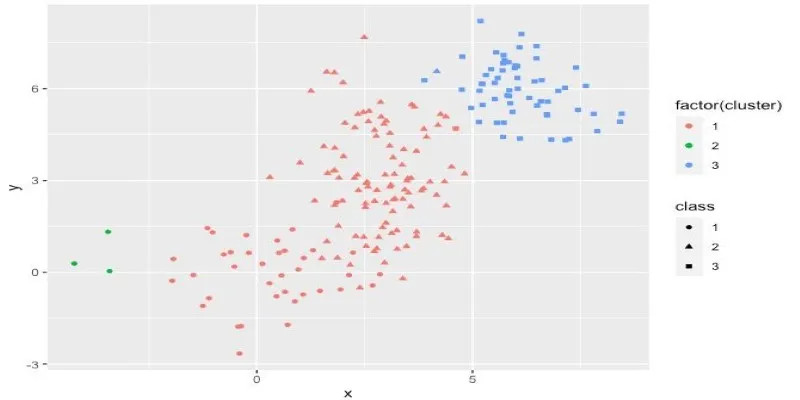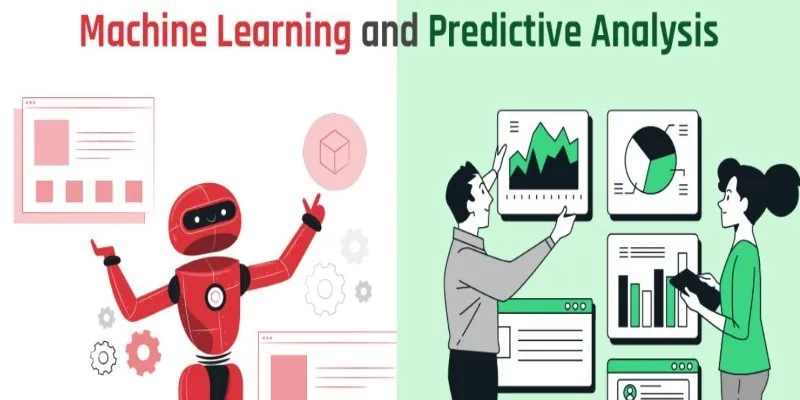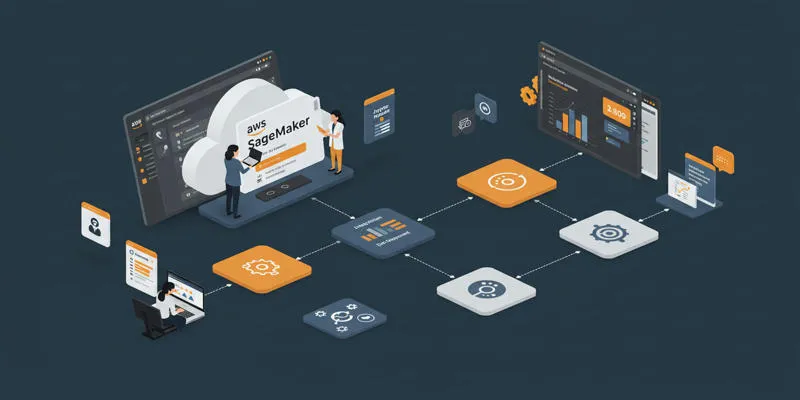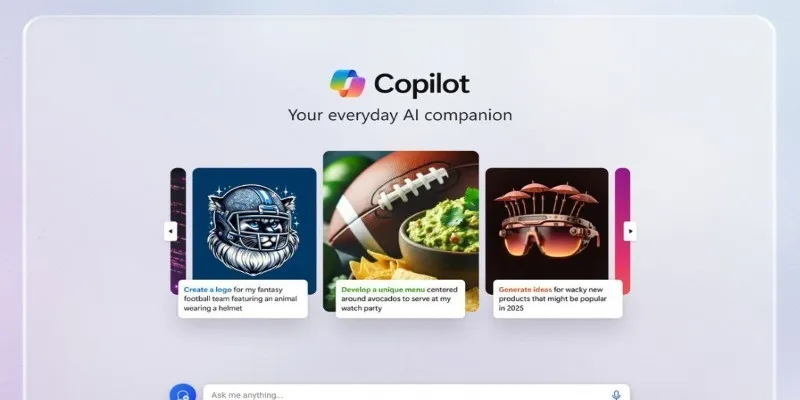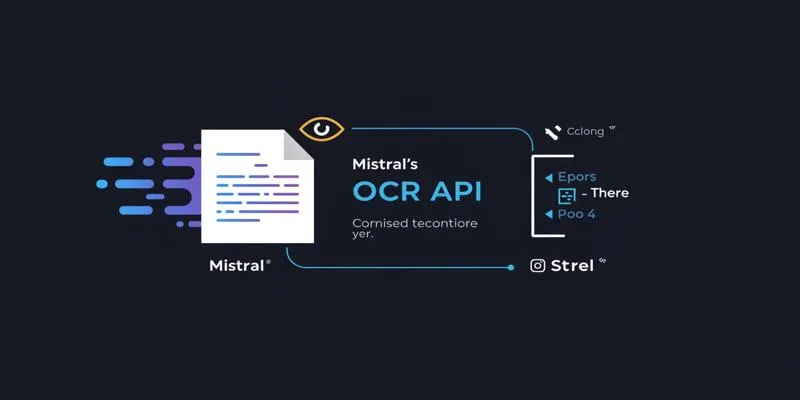Every year, countless students leave school prematurely, impacting both their futures and the broader community. While the reasons for dropping out are varied, one solution is clear: early intervention can make a significant difference. This is where predictive analytics comes into play. By analyzing patterns in student data—such as attendance, grades, and engagement—predictive analytics can identify those at risk of falling behind long before they consider dropping out.
This powerful tool offers a proactive approach to education, empowering teachers and administrators to intervene early and provide personalized support. In this way, predictive analytics is transforming the educational landscape, offering hope for reducing dropout rates and enhancing student success.
How Predictive Analytics Works in Education
At its core, predictive analytics involves gathering and analyzing vast amounts of data. This data might include attendance records, grades, socioeconomic backgrounds, engagement with course materials, and even a student’s emotional and mental health status. By analyzing this data, predictive models can detect patterns and identify students who might be showing early signs of disengagement or struggle, which could contribute to dropping out.
For example, students who consistently miss school or have poor attendance records may be flagged as at risk. Similarly, those who show a significant decline in grades or fail to engage in class may also be identified. These early indicators allow for timely intervention.
The key benefit of predictive analytics is that it can work in real time, continuously monitoring student progress and adjusting its predictions as more data becomes available. This makes it a dynamic tool that can be used throughout the academic year to ensure that no student falls through the cracks.
Early Intervention and Personalized Support
Once students at risk of dropping out have been identified through predictive analytics, the next step is intervention. Traditional methods of identifying struggling students might involve teachers or counselors recognizing patterns over time, but this process can be slow and inconsistent. Predictive analytics, however, provides an early warning system that can pinpoint students in need of support much sooner.

Early intervention is critical in helping students stay on track. Once an educator or counselor identifies a struggling student, they can offer personalized support tailored to the student’s specific needs. This might include tutoring, mentoring, or connecting the student with resources like mental health services. In some cases, the student may need a more flexible learning environment, such as online classes or modified schedules, to help them succeed.
By using predictive analytics to detect issues early, schools can address problems before they escalate. This is crucial because the longer a student remains disengaged or unsupported, the harder it becomes for them to catch up and stay motivated. With personalized support, however, students are more likely to feel connected to their education and are less likely to drop out.
Data-Driven Decisions for School Administrators
For school administrators, predictive analytics offers a wealth of insights that can guide decisions on a larger scale. By examining trends across a student body, administrators can identify systemic issues that might be contributing to high dropout rates. For instance, if a large portion of students in a particular grade or subject area are flagged as at risk, this could signal that changes need to be made in teaching methods, curriculum design, or student support services.
Data from predictive analytics can also help administrators allocate resources more effectively. By knowing which students need help the most, schools can target their interventions more precisely, rather than relying on generalized support strategies. This ensures that no student is overlooked and resources are utilized efficiently.
Moreover, predictive analytics can provide schools with valuable insights into the effectiveness of their intervention strategies. By tracking how students respond to various forms of support, educators can adjust their approaches to ensure they are making the biggest impact.
Enhancing Student Engagement and Motivation
Predictive analytics plays a crucial role in boosting student engagement, a key factor in reducing dropout rates. When students know that their progress is being actively monitored and that support is readily available, they tend to stay more engaged with their learning. Predictive models enable educators to personalize learning experiences, tailoring lessons to suit each student’s needs, interests, and strengths.

For instance, if a predictive model identifies a student struggling with a particular topic, the educator can adjust their teaching approach. They might provide extra resources, offer alternative explanations, or focus more on the challenging area. This personalized attention not only helps the student better understand the material but also strengthens their connection to the learning process.
Moreover, predictive analytics can track a student’s interests and future goals, allowing educators to align the learning experience with their passions and career aspirations. By making education more relevant to students' futures, they are more likely to remain motivated and committed to their studies. When students see the direct link between their education and future success, they are less likely to disengage or drop out. Ultimately, predictive analytics helps create a more engaging, meaningful, and motivating learning environment.
Conclusion
Predictive analytics holds great potential to reduce dropout rates and enhance educational outcomes. By identifying at-risk students early and providing tailored interventions, it ensures timely support and engagement. This data- driven approach allows educators and administrators to make informed decisions that improve resource allocation and teaching strategies. As technology evolves, predictive analytics will continue to transform education, creating personalized learning experiences and fostering student success. With its ability to address challenges proactively, predictive analytics is shaping a future where more students stay on track, ultimately leading to better retention and academic achievements.
 zfn9
zfn9






